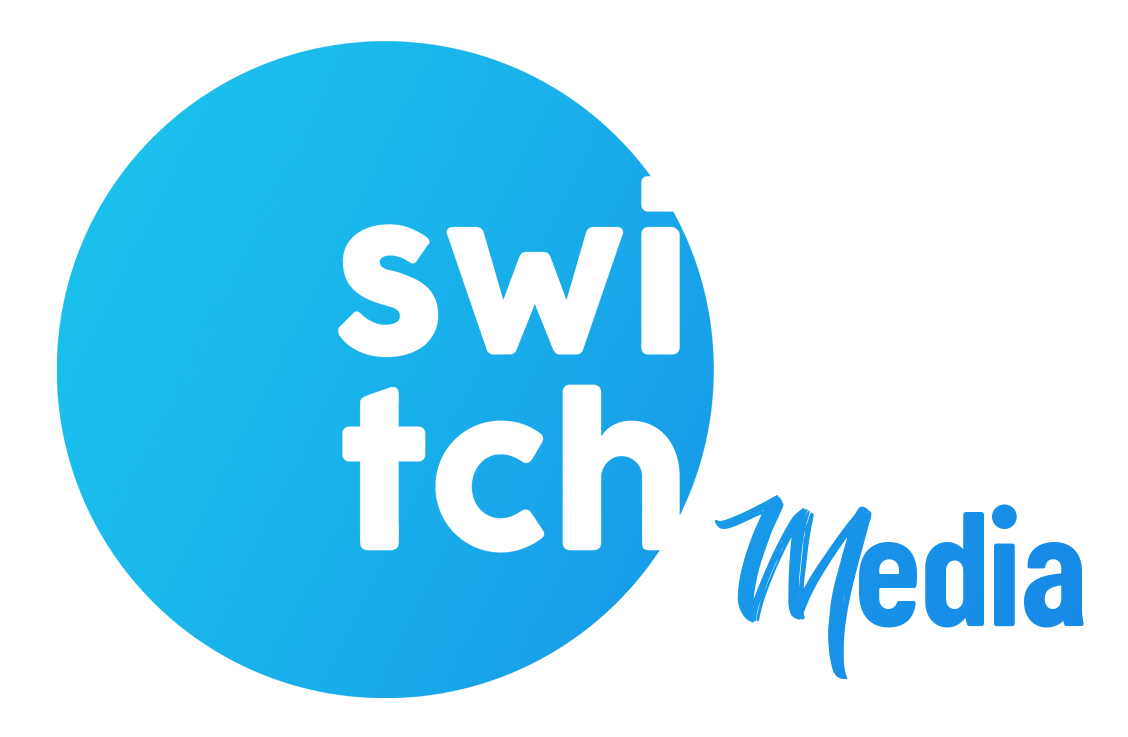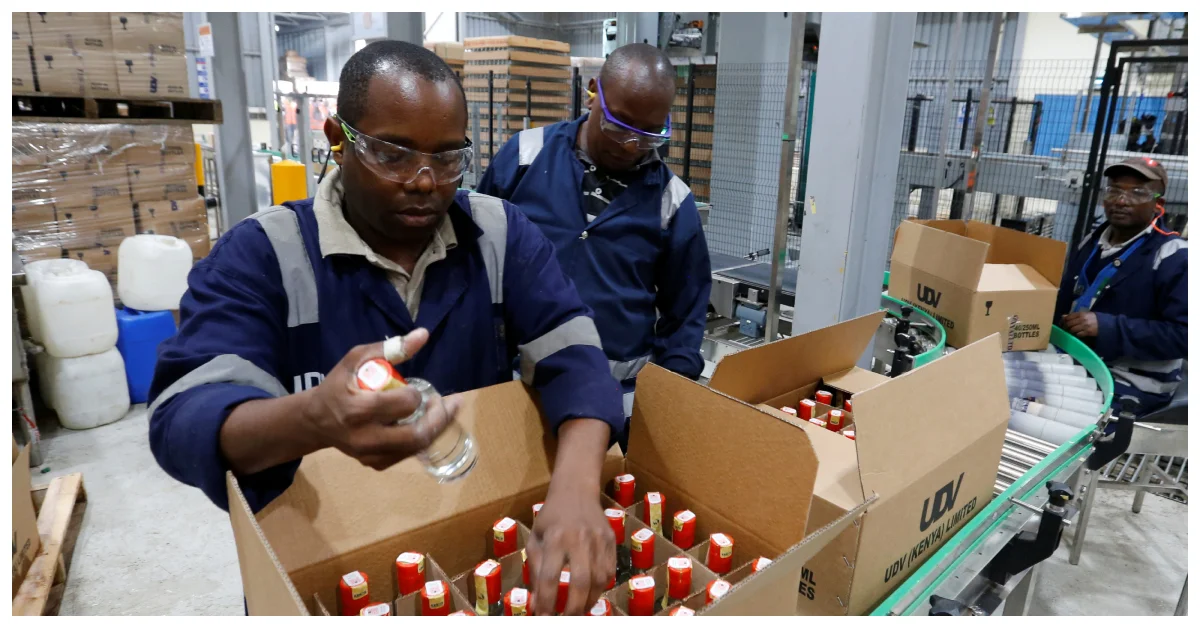Kenya’s private sector has shown signs of growth in business deals after a seven-month slump. This positive development is attributed to the reduction in political tensions and a moderation in food prices, as revealed by the Stanbic Kenya Purchasing Managers Index (PMI) survey.
During the month of August, companies demonstrated a modest increase in output, which, in turn, led to a considerable surge in hiring—its most robust pace in two years. This resurgence in output marks the first since January, according to the survey, which gathered feedback from approximately 400 managers representing key economic sectors such as agriculture, manufacturing, construction, wholesale, retail, services, and mining.
August witnessed a string of political tensions between the governing party and the opposition, resulting in the cessation of violent anti-government protests that had erupted in July. These protests were driven by concerns over the rising cost of living and various grievances against the William Ruto administration according to a report by the Business Daily.

Analysts from Stanbic Bank and S&P Global, an American analytics firm, noted in the August PMI report that the newfound political stability played a significant role in the output recovery, particularly in the services and manufacturing sectors.
As a result, job creation accelerated, and purchasing activity picked up, instilling greater confidence in firms regarding their output prospects.
Previously, the firm stances taken by the William Ruto-led Kenya Kwanza Alliance and the opposition Azimio One Kenya Alliance coalition, led by veteran politician Raila Odinga, had unnerved investors, leading to delays in investment decisions.
Read Also: Protests Cost Manufacturing Industry Ksh2.86 billion Daily Loss
In major urban centers, including the capital Nairobi, businesses had temporarily shut down in response to opposition-led demonstrations in July, focusing on the rising cost of food.
The PMI reading, which serves as a gauge for month-on-month private sector activity encompassing output, new orders, and employment, reached 50.6 for the month. This marked the first time since January that the composite index crossed the 50 threshold, signifying growth in monthly private sector activity.
Hiring remained steady for the sixth consecutive month in August, primarily aimed at bolstering existing teams and supporting sales activities. This prolonged expansion of the workforce is the lengthiest since the start of 2022.
Subscribe to our Youtube channel Switch TV
The report emphasizes that the latest staffing increase was substantial and one of the swiftest recorded in two years. The surge in hiring coincided with a slowdown in wage increases, aimed at countering elevated inflation.




















